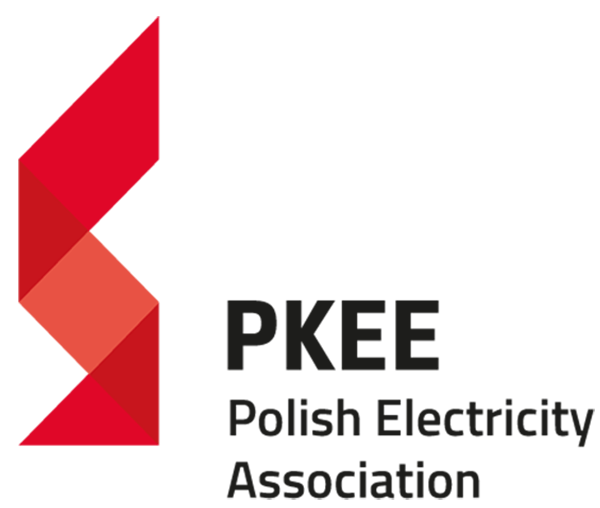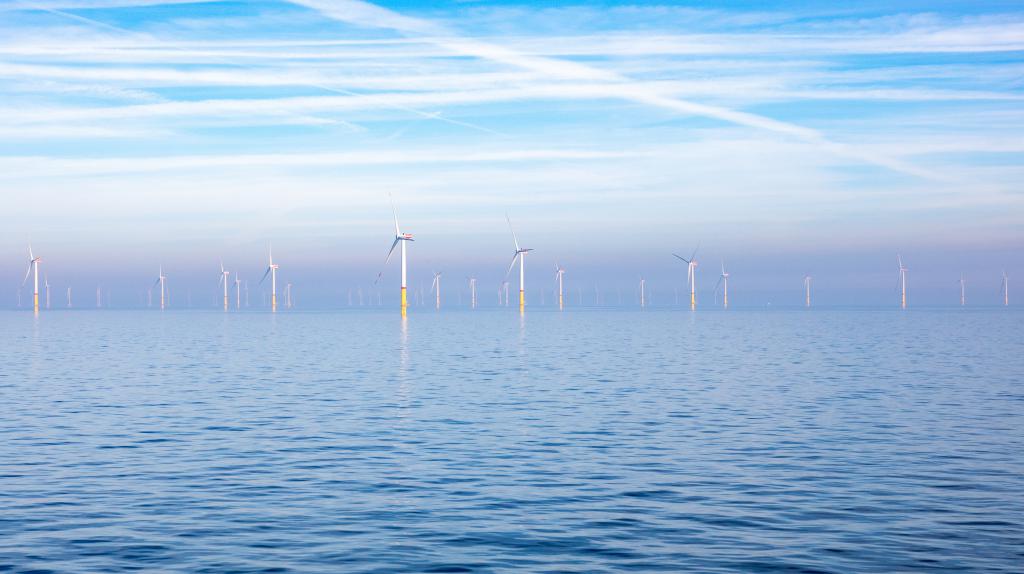Members of the Polish Electricity Association (PKEE) are pursuing their plans to make offshore wind farms one of the pillars of the transition to low-emission energy system. The PKEE believes that the EU should promote wide deployment of offshore wind energy to meet ambitious climate targets and to further boost Europe’s industrial leadership in this field. Offshore wind potential in Poland is estimated at more than 10 GW by 2040 and may significantly contribute to reaching renewable energy targets.
Members of the PKEE are actively involved in offshore wind energy projects. PGE Capital Group is engaged in the development of offshore wind farms in Poland; and with the projects currently carried out, PGE will have up to 2.5 GW of installed capacity in the Baltic Sea by the end of 2030. Enea included strategic investments in offshore wind farms in its Long Term Strategy and Tauron is exploring the possibilities of offshore investments under “Tauron Green Turn” update of strategic directions. Energa also follows this path through the envisaged participation in the construction of 1.2 GW in offshore wind farms, carried out by its shareholder PKN Orlen.
The EU is currently the global leader in offshore wind energy, therefore the upcoming EU Offshore Strategy is a step in the right direction to maintain and augment this role. We encourage the Commission to propose measures strengthening the EU industrial and technological leadership in the offshore sector based on EU-production across an entire value chain.EU Offshore Strategy) is a step in the right direction, not only to maintain but also to strengthen this position. We therefore encourage the European Commission to propose measures to consolidate the EU's industrial and technological leadership in the offshore energy sector, based on European production throughout the value chain.
Renewable-based electrification at the heart of the successful decarbonisation of the EU economy
Reaching the EU’s ambitious energy and climate objectives will require a transformation towards innovative and low-carbon economy also through direct and indirect electrification. Offshore wind energy will undoubtedly play an important role in achieving these goals by decarbonisation of the electricity sector. Thus, the PKEE welcomes the EU’s ambition to reach more than 250 GW of installed offshore wind capacities by 2050 as enshrined in the roadmap.
Yet, in order to make it happen, the EU should take the necessary actions to ensure viable conditions for electricity generation in offshore wind farms. This will require crucial investments in the deployment of grid infrastructure to allow the transmission of big volumes of electricity and to avoid any curtailments of offshore wind electricity. To this end, the EU Strategy should come up with a framework enabling the development of the electricity grid and this should be also respectively addressed in the upcoming revision of the Trans-European Networks for Energy (TEN-E). We believe that one of the most important amendments would be to enable classifying offshore wind grid connections as projects of common interest (PCI) even in case of no direct impact on the level of cross-border flows. New Regulation should reflect the approach that offshore renewable electricity is considered itself as a common interest of all Europeans.
Financing offshore wind energy technologies
Investments in offshore wind are highly capital-intensive. For this reason, the EU should ensure the eligibility of the sustainable investments in offshore wind technologies for the support provided through programmes embedded in the Multiannual Financial Framework, such as Upgraded InvestEU, Strategic Investment Facility, Recovery and Resilience Facility and Connecting Europe Facility. Moreover, it is crucial to create a financial framework and support the development of cross-border investment projects across the EU, such as the Union Renewable Energy Financing Mechanism.
However, the latest European Council conclusions on the Recovery and Resilience Facility establish a strict and short timeline of the proposed measure (legal commitment concluded by the end of 2023 and payments made by the end of 2026). The PKEE is concerned about the rigidity of this schedule, thus for offshore wind farms projects, this strict timeline should be relaxed.
We note, however, that the recent European Council Conclusions on the Instrument for Reconstruction and Enhanced Resilience introduced a strict and short-term timetable for the proposed action (legal commitments by the end of 2023 and payments made by the end of 2026). PKEE believes that in the case of offshore wind farms, these requirements should be relaxed so that also large-scale investments can contribute to the recovery of the European economy.
DOWNLOAD FILES

